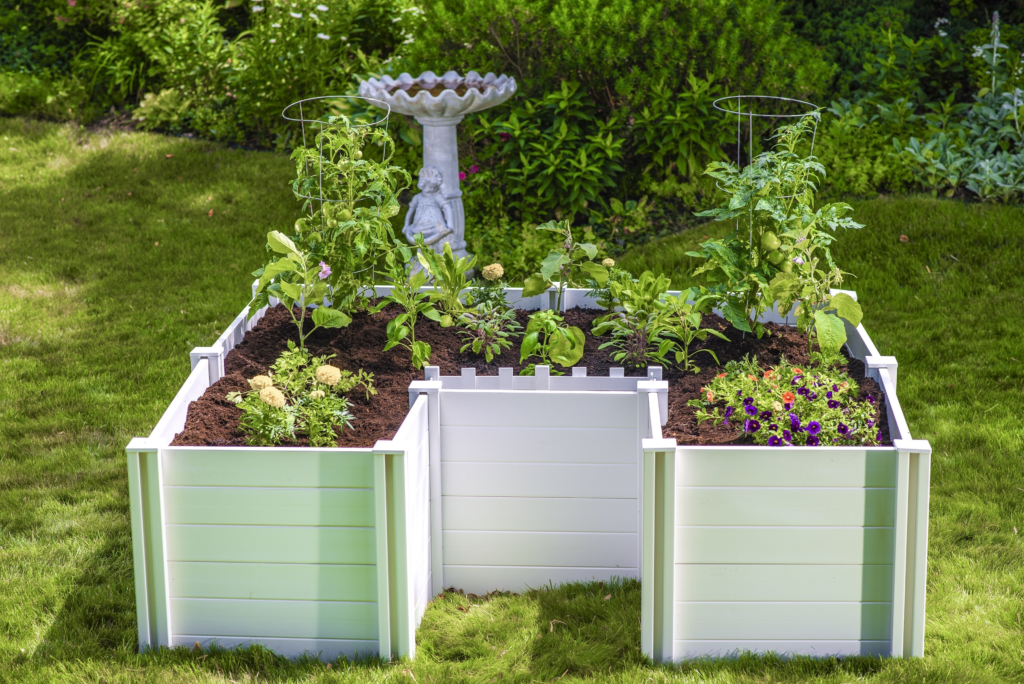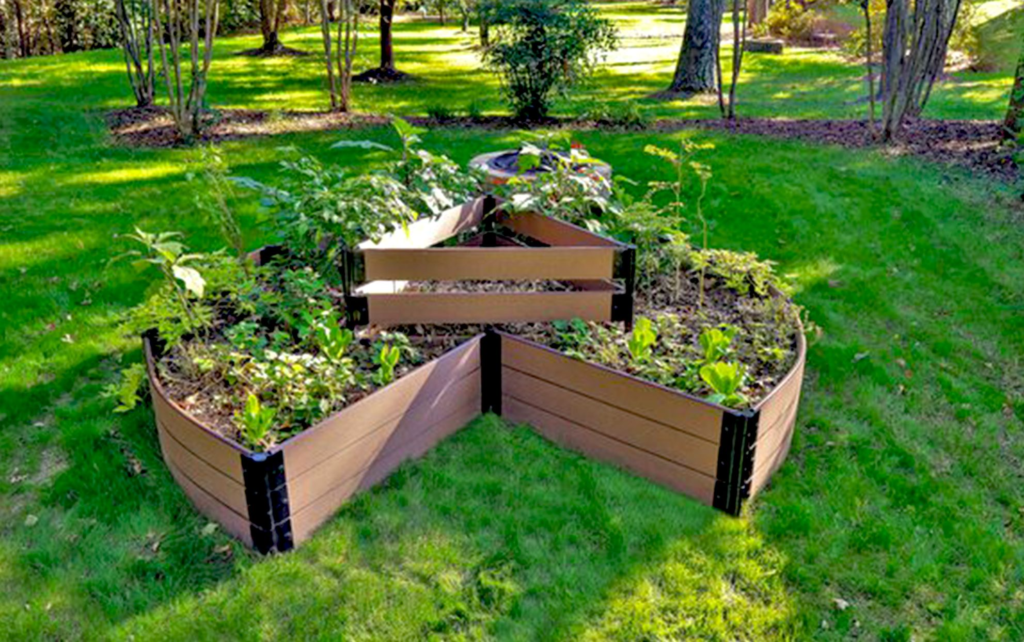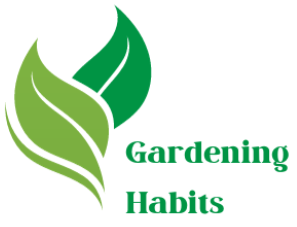What is Keyhole Gardening

The keyhole garden is like a raised bed with an unassuming center that consumes food waste to produce nutrient-rich mulch for your plants! Originating in Lesotho, Africa, this clever design now spans dry places such as India or Texas, providing farmers with an eco-friendly way of cultivating crops quickly and affordably.
How to Build a Keyhole Garden
To create your DIY keyhole garden with raised beds and a center section for enriching soil, follow these straightforward steps:
- Locate an ideal site for your keyhole garden. These gardens typically feature a medium footprint that’s easy to integrate into landscape designs. For optimal growth of sun-loving vegetables like radishes and beets, position it near the center of your property where there is ample sunlight without interference from tall trees or shade.
- Create a compost bin at the center. For an effective system of quickly and efficiently decomposing organic waste into nutritious mulch, try crafting an airflow-enhancing cylinder from chicken wire and twine instead of conventional bins. This inner containment area facilitates air circulation for efficient decomposition processes.
- Build a retaining wall around the perimeter. For optimal results, construct your garden bed’s outer wall using sturdy materials like cinder blocks, bricks, or river stones for this step. A sturdy outer wall ensures that soil stays put, providing stability even at sharp corners or abrupt turns.
- Include drainage material in the bottom layer. Including gravel, twigs, cardboard, or wood ash will promote good drainage to avoid leaching nutrients back into the native soil below and prevent root rot in early plant development. Adequate drainage also protects young seedlings against root rot.
- Fill the centre compost basket with vegetable scraps and organic matter after creating a drainage layer, such as grass clippings. This organic matter helps release nitrogen faster for quicker mulching within the central keyhole.

What is Layered in Keyhole or keyhole gardening?
Layering in keyhole gardening refers to strategically placing different materials within a garden bed to maximize nutrient availability and promote plant growth. Keyhole gardens typically consist of multiple layers, beginning with drainage material such as gravel or twigs to prevent waterlogging, followed by soil layers and organic matter like kitchen scraps, grass clippings, or compost collected in a central compost basket. As these materials decompose, they release nutrients into the soil, providing plant vitality. Keyhole gardening utilizes layering techniques that simulate natural processes while decreasing external fertilizer needs. Through thoughtful layering techniques, keyhole gardening optimizes space, resources, and plant health while being an efficient and eco-friendly gardening technique in various environments.
Conclusion:
Following these easy instructions will enable you to create a vibrant keyhole garden that efficiently recycles kitchen waste while increasing soil fertility for healthy plant growth. Knowing about keyhole gardening can be beneficial for your place as well as for society.
Ciara Konhaus

I’m Ciara and I’m a gardener and agricultural educator in zone 6b. I’ve farmed and gardened all over the Appalachian mountains and love to empower people with the tools they need to start their own gardens.
